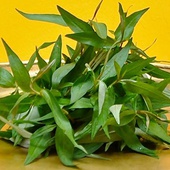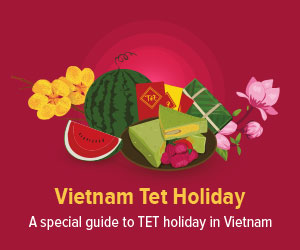Dining Etiquettes
Vietnamese usually have breakfast, lunch and dinner without tea or coffee break in between.
In Vietnam, breakfast, lunch, and dinner are typically enjoyed without a formal tea or coffee break in between. Most Vietnamese people rise early, so breakfast is usually eaten by 9 a.m., although many restaurants continue serving breakfast options throughout the day. The range of breakfast foods is impressive, with popular choices including pho (noodle soup), banh mi (baguette filled with pâté, grilled pork, and vegetables), rice congee with pork, banh cuon (rice rolls), and xoi (sticky rice). Unlike traditional Western breakfasts, Vietnamese meals usually contain more savory flavors than sweet.
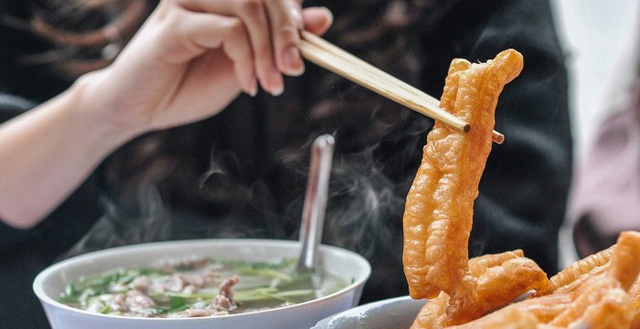 Photo by @Nguyen Hang Pham
Photo by @Nguyen Hang Pham
Lunch in Vietnam is commonly served from 12 to 1 p.m. Many office workers prefer to eat at local com bui (rice shops), where they can select a main dish—such as fish, beef, pork, chicken, or tofu—alongside sides of vegetables and steamed rice. Others may opt for a lunch box from nearby restaurants to avoid the sweltering midday heat and traffic congestion. Vietnamese lunches are typically quick but balanced nutritionally.
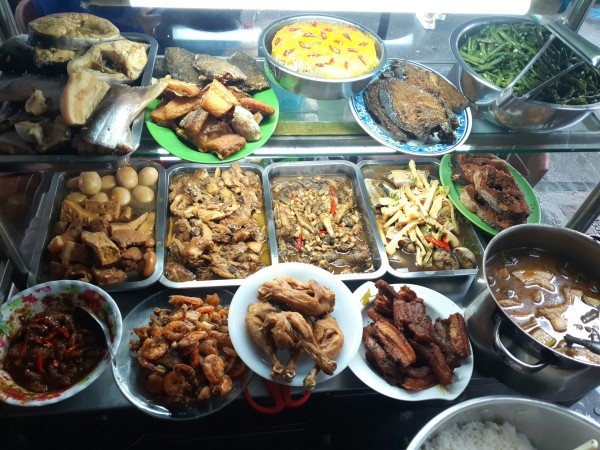 Photo: kenh14.vn
Photo: kenh14.vn
Dinner is often considered the main meal of the day, where families come together to share their experiences. Normally, women take the lead in cooking, sometimes with help from their mothers or daughters. While more affluent families may have a dining table, it is common for others to eat sitting on the floor. Sharing food is a cherished tradition in Vietnam; families typically gather around a tray of shared dishes, each person having their own bowl of rice, and taking from communal plates. Dinner usually consists of one or two main dishes—such as braised pork, boiled chicken, or fried fish—along with a serving of boiled or stir-fried vegetables and a bowl of soup. Steamed rice is considered a staple in most meals.
 Photo: guu.vn
Photo: guu.vn
While dining out was once rare among Vietnamese families, it has become increasingly popular, particularly in urban areas and among more affluent households. Eating out was traditionally reserved for special occasions, like celebrating an achievement or enjoying a weekend treat. However, as modern lifestyles demand more convenience and flexibility, dining out has sharply increased in popularity.
Vietnamese culture is characterized by simplicity and casualness. Standard dining etiquette applies, but there are fewer expectations placed on foreigners. If you receive an invitation to a family dinner, feel free to relax and immerse yourself in this vibrant aspect of Vietnamese culture. Embrace the experience with an open mind and heart.
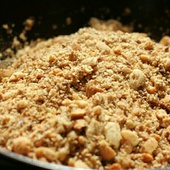
Top 5 Side Dishes to Serve with Xôi (Vietnamese Sticky Rice)
Most common add-ons for Vietnamese Xoi.
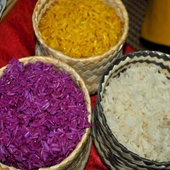
Different Types of Vietnamese Sticky Rice (Xoi)
It will be a big miss if you come to Vietnam without trying “xoi”.



